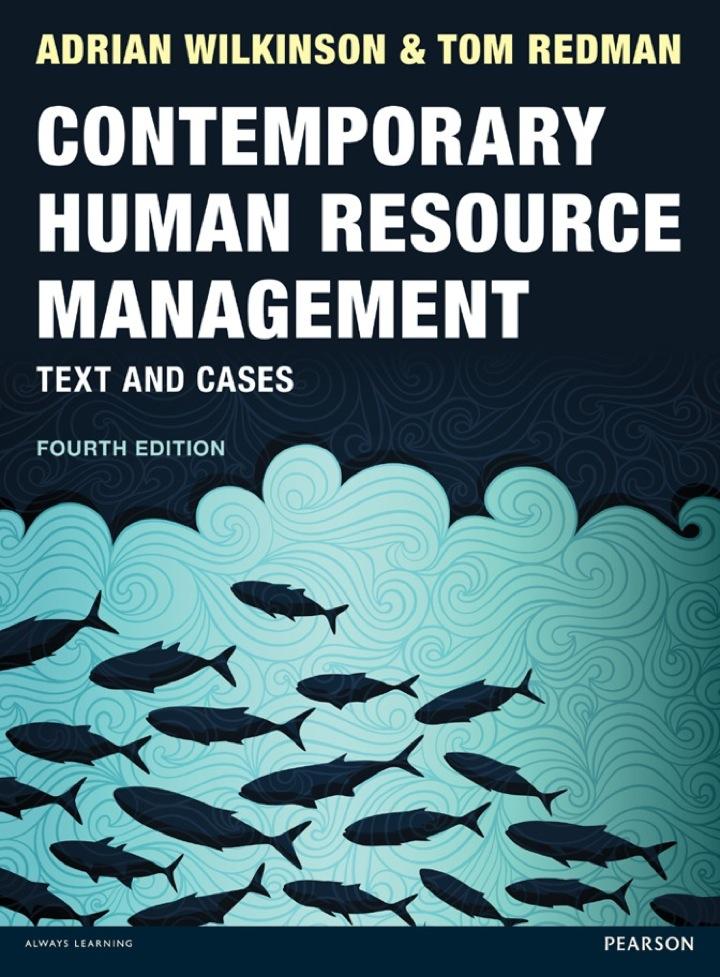Question
Accounting for pension and post-employment benefits is a complex area of financial reporting, requiring companies to accurately measure and disclose their obligations to current and
Accounting for pension and post-employment benefits is a complex area of financial reporting, requiring companies to accurately measure and disclose their obligations to current and former employees. Understanding the accounting principles and methods for recording these benefits is essential for compliance with financial reporting standards and providing stakeholders with transparent information about the company's financial position and performance.
Scenario: XYZ Corporation is a multinational company with operations in various countries. The company provides pension and post-employment benefits to its employees, including retirement plans, healthcare coverage, and other post-employment benefits. As part of its financial reporting obligations, XYZ Corporation must adhere to accounting standards for recording and disclosing these benefits in its financial statements.
Accounting Treatment:
Pension Plans:
XYZ Corporation sponsors defined benefit pension plans, which promise employees specific retirement benefits based on factors such as years of service and salary history.
Under accounting standards such as IAS 19 (International Accounting Standard 19), companies are required to recognize the net defined benefit liability or asset on their balance sheets, reflecting the present value of the defined benefit obligation less the fair value of plan assets.
Actuarial Assumptions:
Actuarial assumptions, including discount rates, expected rate of return on plan assets, salary escalation, mortality rates, and employee turnover, are used to estimate the present value of future benefit payments.
Changes in actuarial assumptions or the financial position of the pension plan may result in adjustments to the recognized pension liability or asset and impact the company's financial statements.
Post-Employment Benefits:
In addition to pension plans, XYZ Corporation provides other post-employment benefits, such as healthcare coverage, life insurance, and disability benefits, to eligible employees.
Similar to pension plans, post-employment benefits are accrued over employees' service periods and must be recorded and disclosed in the company's financial statements.
Disclosure Requirements:
Accounting standards require companies to provide extensive disclosures about their pension and post-employment benefit plans in the notes to the financial statements.
Disclosures include information about the types of benefits provided, actuarial assumptions used, funding status of pension plans, changes in benefit obligations and plan assets, and the impact of benefit costs on the company's financial performance.
Case Study Question: Under accounting standards such as IAS 19, companies are required to recognize the net defined benefit liability or asset on their balance sheets, reflecting the present value of the defined benefit obligation less the fair value of plan assets. What is the financial statement does this recognition primarily impact?
Step by Step Solution
There are 3 Steps involved in it
Step: 1
The recognition of the net defined benefit liability or asset primarily impacts the balance sheet of ...
Get Instant Access to Expert-Tailored Solutions
See step-by-step solutions with expert insights and AI powered tools for academic success
Step: 2

Step: 3

Ace Your Homework with AI
Get the answers you need in no time with our AI-driven, step-by-step assistance
Get Started


